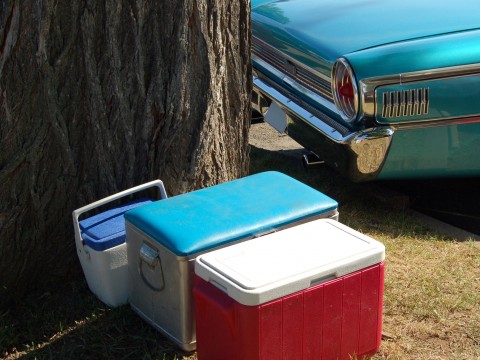Keeping Food Cold in Summer is Easy
Keeping cold foods safe in summer heat can be a challenge, especially if you’re eating outside. Pregnant women need to be especially careful concerning food safety because many food toxins and other food-related illnesses can have an impact on her health and the health of her unborn baby. Whether you’re having a picnic at the local park, or you’re barbecuing in your backyard, you want to take certain safety precautions in the summer. Follow these three tips, and keeping your cold foods safe in the summer heat will be less of a hassle.

- 1) If you’re going out on a picnic with your family, skip the traditional picnic baskets. While they’re cute, they won’t do a good job at keeping your cold foods safe in the summer heat. Make sure that you bring along a well-insulated cooler that’s filled with ice.
- 2) Keep your cooler outside of direct sunlight, if this is possible. This will melt the ice faster and warm the contents of your cooler. It’s important that you bring separate coolers for your food and for your beverages. Since you’ll be reaching for that cold soft drink (or bottle of water) quite often to stay hydrated, you’ll be opening that cooler more frequently. So if you’re bringing food along on your picnic, it’s best for the food to be located inside a different cooler. This will allow your cold foods to stay safe for longer in the summer heat.
- 3) When driving to picnic location, don’t keep the cooler in your car’s trunk. It’s always warmer in the trunk than in the car with you.
For safety reasons and to prevent food borne illnesses, you must get rid of any food that’s been left out in the summer sun for over 2 hours (one hour if the temperature outside gets higher than 90 degrees Fahrenheit). If you’re worried about the safety of the food, use a food thermometer to check the internal food temperatures before you cook it. You will want to throw any food item that has a temperature of 40 degrees Fahrenheit or higher. This is especially true for meat, since the bacteria naturally found on meats will start to multiply once its internal temperature reaches 40 degrees.